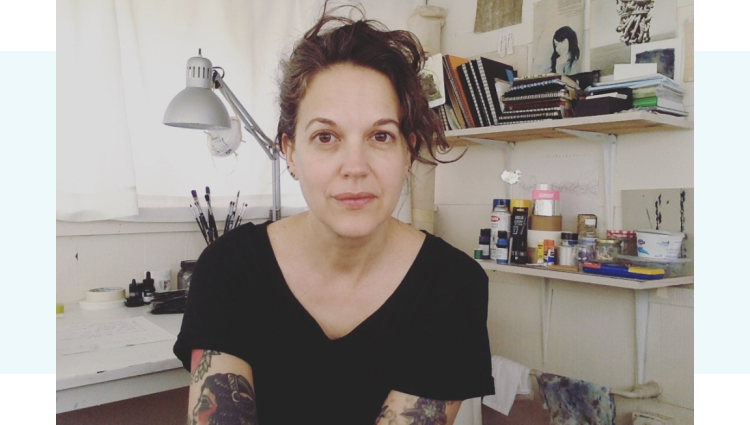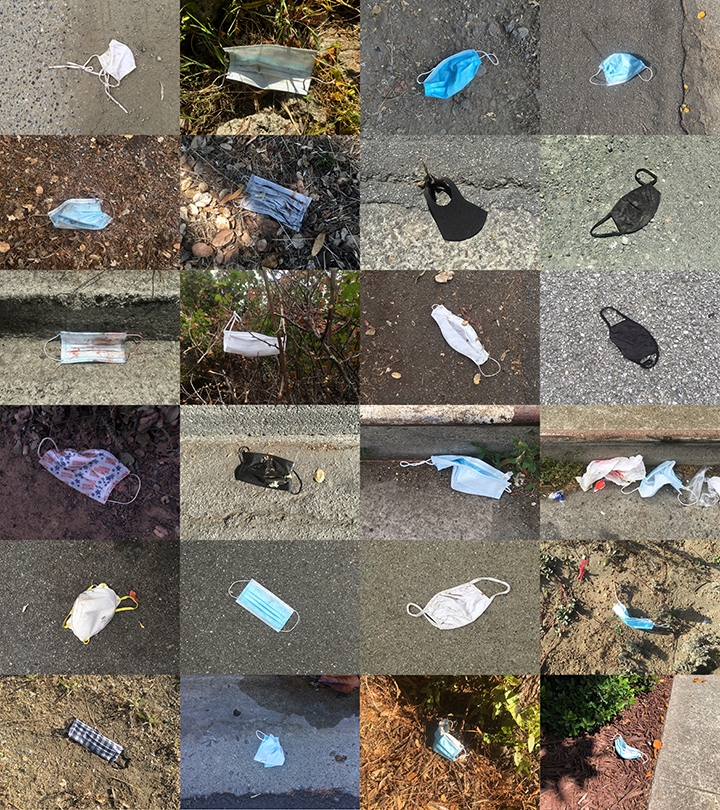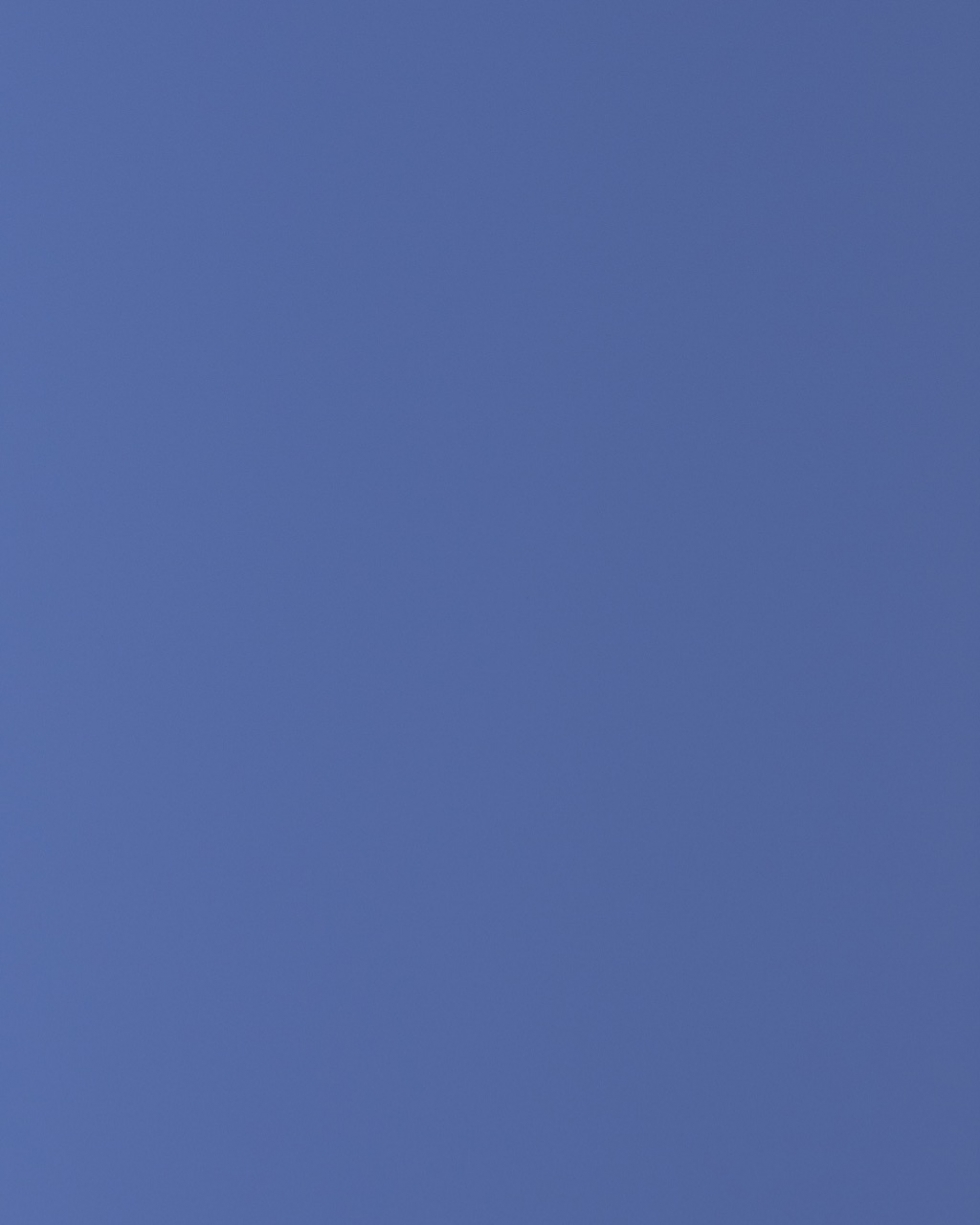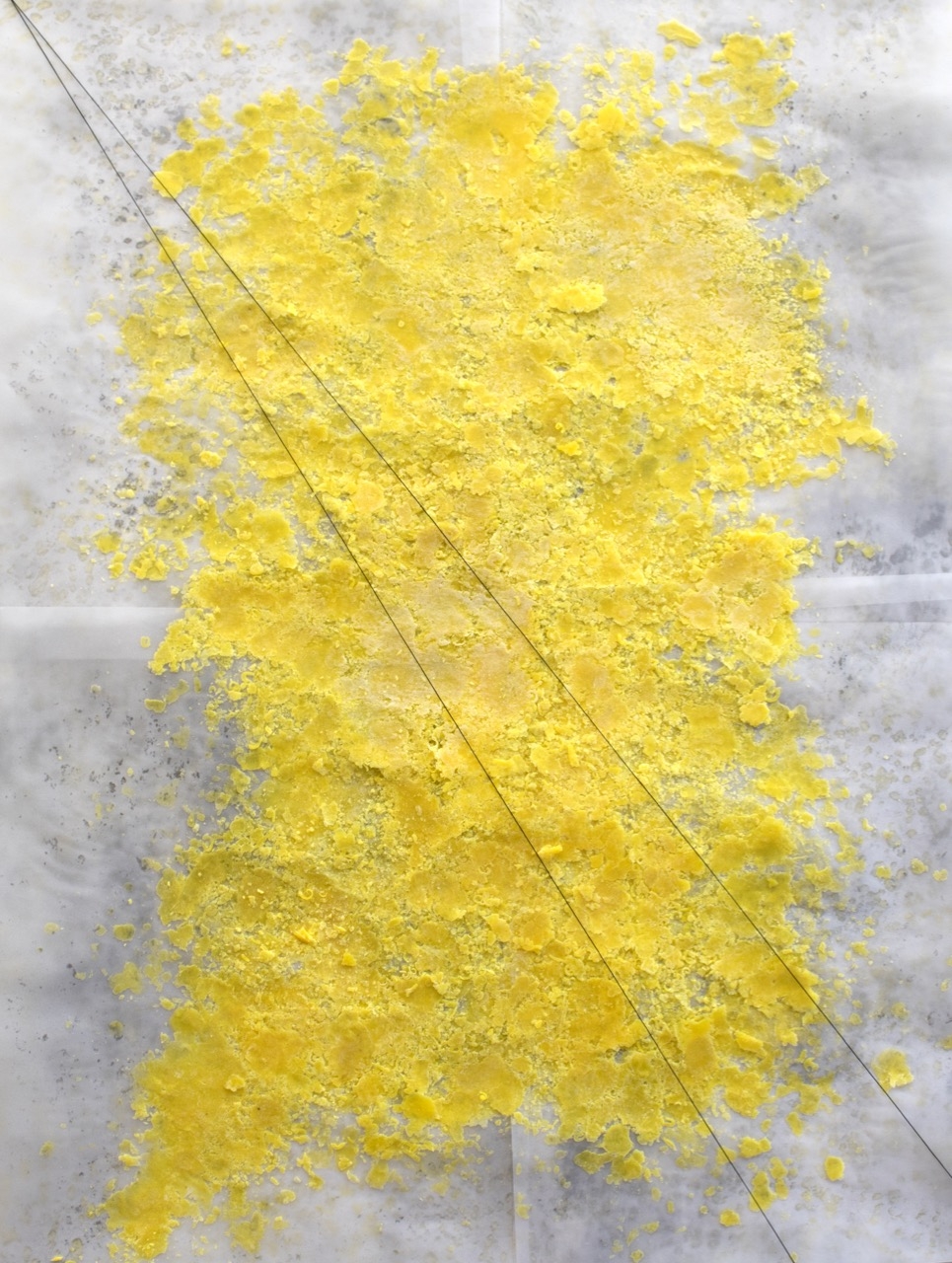
The San Francisco Advocacy for the National Museum of Women in the Arts in conjunction with the NMWA 2020 Women To Watch exhibition series inspired me to feature five amazing female artists. This is part two of five Q&A sessions. I hope you check out their work and enjoy the creativity.
Questions with Amy Tavern
1. Robin: What is your favorite part of the creative process?
Amy: I equally love developing an idea and then executing it. I also love the time leading up to finding the new idea.
2. R: Can you discuss the concepts or artists that have influenced your work?
A: I situate my work within Fluxus, Abstract Expressionism and Action Art, Situationism, Minimalism, Archival Art, and Process Art. Performative actions, a shift to subjective emotional expression, the element of chance, walking as a philosophy, limitations of form and color, the archive as a medium, process as an integral part of a work of art, and sculpture as an unlimited, mutable form are key aspects of each that drive me. Theoretically, I approach my work through the lens of Affect Theory, a Feminist perspective, and Phenomenology. I am inspired by a long list of people, some are visual artists, others are musicians or writers. Björk, Agnes Martin, bell hooks, Wolfgang Laib, Lori Talcott, Eva Hesse, Rebecca Solnit, Jóhannes Kjarval, Brian Eno, Toni Morrison, and Oliver Sacks... All of these people are “my people” because of the ways they approach or approached their work and lives. Dedication and discipline are central to their respective practices, vulnerability as well, and I admire their ability to channel personal experience into broader conversations. Lately, I have been thinking about the POC artists, and especially women artists, who have affected my life and work and I’ve been reflecting on the why and how. I consider Toni Morrison and Joyce Scott to be two of my earliest influences. I read Beloved when I was 19 and learned about sculptural beadwork from Joyce in my early 20s. I learned about feminism from bell hooks and Chimamanda Adiche and the quilts of Gee’s Bend continue to teach me about abstraction and color.
3. R: What is the goal of your work?
A: My objective is to deeply understand my connection to my surroundings beyond what is initially seen. I want to create visually tactile work that conveys emotion and elicits some kind of emotional response from the viewer.
4. R: Do you remember your first piece of work?
A: In 1996 I took my first sculpture class and made a pair of abstract human forms for my final project. I had been taking my foundation art classes during the year and these sculptures were the first pieces I made that were based on a concept that felt truly personal. (The assignment was to make something using the human form, interpreted in any way we wanted.) I remember thinking long and hard about my idea. I knew I wanted my forms to reference the body and convey emotion. Every aesthetic choice I made, the materials, and even the way I presented the pair during crit, were all considered and intentional.
5. R: What inspires you to create?
A: I think, first and foremost, I just love ideas. And good ideas inspire me, not just art-related ideas, but also ideas in science, technology, philosophy, and fiction. I have a deep love of process and I love finding the best way to make something. I also love learning a new material, how it works and doesn’t work, and how I like to use it so that it becomes my own. This process alone is inspiring. Inspiration also comes from observing the world around me from both a macro and micro point of view, taking walks, reading lots of books and articles, and looking outside the art world. Currently, I am inspired by emotional responses to the pandemic, both my own and those of others. I’m also thinking a lot about symbols and finding new symbols.
6. R: Do you have a method for creating titles for your work?
A: My method begins by thinking about possible titles while I’m walking or running. Sometimes I set out with the intention of coming up with a title and other times it happens more spontaneously. I also make lists and play with the placement of the words or synonyms for words until I find a combination that feels right. I like my titles to be poetic and abstract so that they can be left to individual interpretation, just like the work itself. I usually write my titles in a way that they are a little mysterious or have spaciousness to them. They could be interpreted in different ways through the definitions of the words themselves, as many words have multiple meanings, or by mere spoken inflection.
7. R: What are your favorite art museums and galleries to visit?
A: In San Francisco, I like the de Young, Legion of Honor, and the Contemporary Jewish Museum. I also like to visit Ratio 3, Wattis Institute, and 500 Capp Street.
In NYC, the New Museum…
In Reykjavík, Iceland... Kjarvalsstaðir (a museum dedicated to the work of Jóhannes Kjarval), the Culture House, and i8 Gallery
In LA, Blum & Poe and The Undeground Museum...
8. R: What was the best piece of advice you’ve been given?
A: In 2010 I was a resident artist at the Penland School of Crafts in Penland, NC, and Susan Cummins, an art jewelry collector and former gallerist, visited my studio. We had never spoken before and I don’t think she was familiar with my work as a studio jeweler. She spent about an hour walking around and quietly looking. We talked about my work, she asked me questions… toward the end, she said something about how my personality wasn’t coming through in the work. She said the pieces were beautiful and well made, but she didn´t see me in them. After this conversation, I began adding personal content to my work in the form of recollections. They made the work stronger and people began responding in a different way-- they began telling me how the work made them feel and they began sharing their own stories with me.
9. R: What advice do you have for other female artists?
A: Similar to what I learned from Susan, my advice is, to begin with, what you know best, pull from your own experience. These roots will form a strong foundation for your ideas and will make your work more compelling. I also say: Be tenacious. Keep trying, and try some more. Work hard, really hard. Read a lot. Understand you will have to make sacrifices to succeed. Love wherever it is you are at in your work and career--every step is important and it takes time to build a career and sustaining art practice. Appreciating where you are allows you to enjoy your work in the now, versus always wishing you were farther along. I think we always long for more and it's good to be motivated/determined but if you spend all your time wishing you were farther along or more successful, you might get in your own way. Finally, be gracious and generous to other artists and to gallerists, shop owners, and curators. Be helpful whenever you can and always, always say thank you.
10. R: During this Shelter-in-Place, can you please describe a piece that you are currently working on.
A: For the first time I’m making work that responds to the current socio-political climate, specifically in response to the pandemic. I made a few pieces for an online exhibition with /room/ in San Francisco and the process has set me on a new path. Now I’m working on a collaborative public project in which I’m collecting images of “lost” masks from people around the US and plotting them on a Google Map. The piece is titled, “American Values.”
11. R: Where would you like your career to be in 5 years?
A: I want to have a relationship with a gallery here in San Francisco, or one in LA, and one in Reykjavík, Iceland. I would love to have a solo show at each. I would also love to have a bigger studio, so I can make bigger work. As things in the US change in the coming months and years due to the highly charged nature of everything that is happening, I imagine the venues for artwork and the roles and responsibilities of artists will change. I’m curious to see what alternatives come and I know any future plans I have will change and shift with them.
Amy Tavern is an interdisciplinary artist. She has exhibited nationally and internationally with solo shows in the United States, Belgium, Sweden, and Iceland. She has taught and lectured across the US and in Europe, and her work as a metalsmith has been included in many publications, most notably, the cover of Metalsmith Magazine. A believer in phenomenology, Amy begins with direct experience and references personal memory, emotion, and the passing of time in her work. Originally from Richfield Springs, New York, Amy holds a BA in Arts Administration from the State University of New York College at Fredonia, a BFA in Metal Design from the University of Washington in Seattle, and an MFA in Fine Arts from California College of the Arts in San Francisco. In 2019, Amy celebrated two solo exhibitions and was chosen as one of five artists from Northern California for the National Museum of Women in the Arts’ program, "Women to Watch." Amy is a former Penland School of Crafts resident artist and has completed numerous artist residencies in Iceland. If you would like additional information regarding the images, please contact Amy Tavern or Just Ask!





